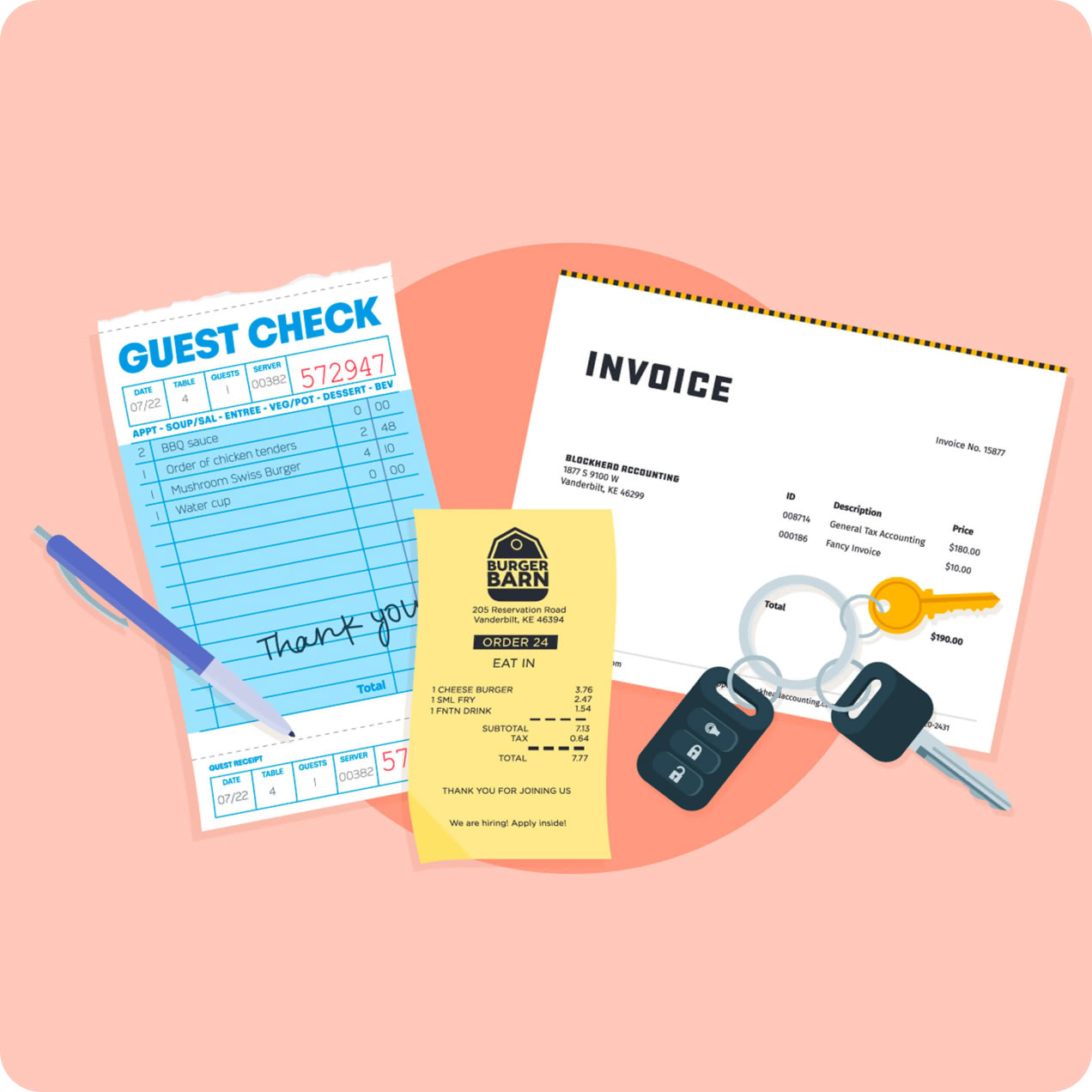MM1.a.h: Prepare a budget or spending plan that depicts varying sources of income, a planned saving strategy, taxes, and other sources of fixed and variable spending.
MM1.b.h: Compare and contrast different sources of active and passive income, savings, and investment vehicles. Develop and critique short-term and long-term personal financial plans. Evaluate circumstances when an individual may want to grant representation or consult for financial advice with a financial advisor, attorney, tax advisor, or financial planner. Summarize factors to consider when seeking financial advice and services.
MM2.b.h: Assess the advantages and disadvantages of digital banking (e.g., online banking, bill pay, transfers, or checking account transactions). Summarize the tax and legal implications that require you to maintain personal records of significant financial transactions.
SI1.a.h: Demonstrate how to manage savings accounts—both manually and electronically, including reconciliation. Determine the opportunity cost in relation to a saving plan (e.g., inflation or taxes). Compare and contrast the benefits of pay yourself first and living paycheck to paycheck strategies on financial outcomes.
FM1.a.h: Summarize consumer rights, responsibilities, protections, and consumer vigilance (e.g., contesting incorrect billing or registering a consumer complaint). Analyze and apply multiple sources of information when making consumer decisions (e.g., advertisements, reviews, interest rates, applicable fees, consumer movements, or choice). Analyze the financial impact of advertising including techniques, potential for deception along with the influence of promotions, packaging, and placement.
FM1.c.h: Perform a cost-benefit analysis on a real-world situation.
FM2.a.h: Assess the impact of individual values and behaviors on financial decisions and goals.
FM2.b.h: Evaluate strategies individuals use to manage emotions impacting financial decisions.
FM2.c.h: Critique a financial plan and identify areas that may have been influenced by external sources.
